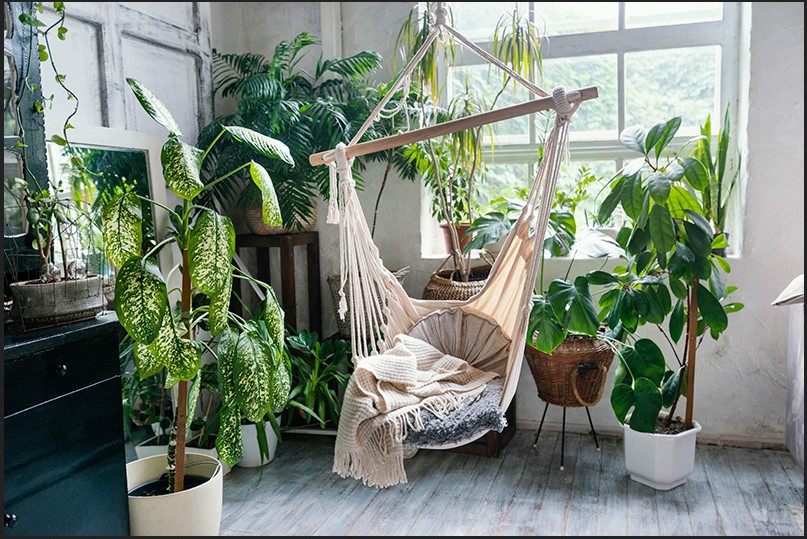
Source: bomagardencentre.co.uk
In recent years, the concept of indoor gardening has taken root and flourished as people seek ways to bring the beauty of the outdoors into their living spaces. Beyond mere aesthetics, creating an indoor garden can have a profound impact on your home’s sustainability. It’s a green trend that not only adds life and vibrancy to your interior but also contributes to cleaner air, reduced stress, and a deeper connection to nature. In this article, we’ll explore the art of building a sustainable and stylish indoor garden that will transform your home into a lush oasis.
Why Indoor Gardening Matters
Before we delve into the how-tos of creating your indoor garden, let’s understand why it’s a trend that deserves attention:
- Improved Air Quality: Indoor plants act as natural air purifiers, removing toxins and releasing oxygen. They can help alleviate respiratory issues and create a healthier living environment.
- Reduced Stress: The presence of greenery has been linked to reduced stress levels and improved mental well-being. Indoor gardens can provide a sense of tranquility and connection to nature.
- Sustainability: By growing your own herbs, vegetables, and even some fruits indoors, you reduce your reliance on store-bought produce, which often comes with excess packaging and transportation emissions.
- Aesthetic Appeal: Indoor gardens bring life and beauty to your home. They can serve as focal points or subtle decor elements, depending on your style.
Creating Your Indoor Jungle
Now, let’s dive into the steps to build a sustainable and stylish indoor garden:
1. Assess Your Space:
- Determine the available space and light conditions in your home. Different plants have varying light requirements, so understanding your space is crucial.
2. Choose the Right Plants:
- Opt for indoor plants that thrive in your specific environment. Consider low-maintenance options like snake plants, pothos, or spider plants if you’re new to indoor gardening.
3. Sustainable Containers:
- Select eco-friendly containers for your plants, such as pots made from recycled materials or containers that you already have at home.
4. Soil and Fertilizers:
- Use organic potting soil and consider making your own compost to nourish your plants naturally.
5. Water Wisely:
- Water your indoor garden with care, ensuring not to overwater or underwater. Collect rainwater for watering, if possible, to reduce water waste.
6. Energy-Efficient Lighting:
- If your space lacks natural light, consider energy-efficient LED grow lights to supplement or mimic sunlight for your plants.
7. Upcycled Decor:
- Incorporate upcycled or repurposed items like vintage wooden crates or old furniture as plant stands or decor elements in your indoor garden.
8. Edible Delights:
- Grow your own herbs, microgreens, or small vegetables like tomatoes and peppers in your indoor garden. It’s a sustainable way to reduce your grocery bills and packaging waste.
9. Maintenance and Care:
- Regularly check your plants for pests and diseases. Use natural remedies or organic pesticides to address issues sustainably.
10. Green Aesthetic:
- Arrange your indoor garden in a visually pleasing way. Experiment with different pot sizes, heights, and plant textures to create a lush and appealing jungle-like atmosphere.
Conclusion
Building an indoor garden is not just a trendy hobby; it’s a step toward a greener and more sustainable lifestyle. By cultivating your own green haven indoors, you contribute to cleaner air, reduced stress, and a deeper connection to nature. Whether you have a spacious living room or a small apartment balcony, there’s always room to grow your own sustainable and stylish indoor jungle. It’s an investment in both your well-being and the planet’s health.
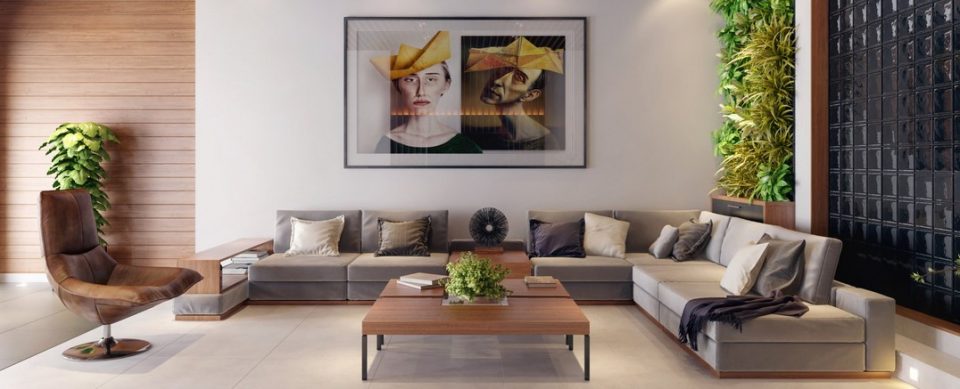
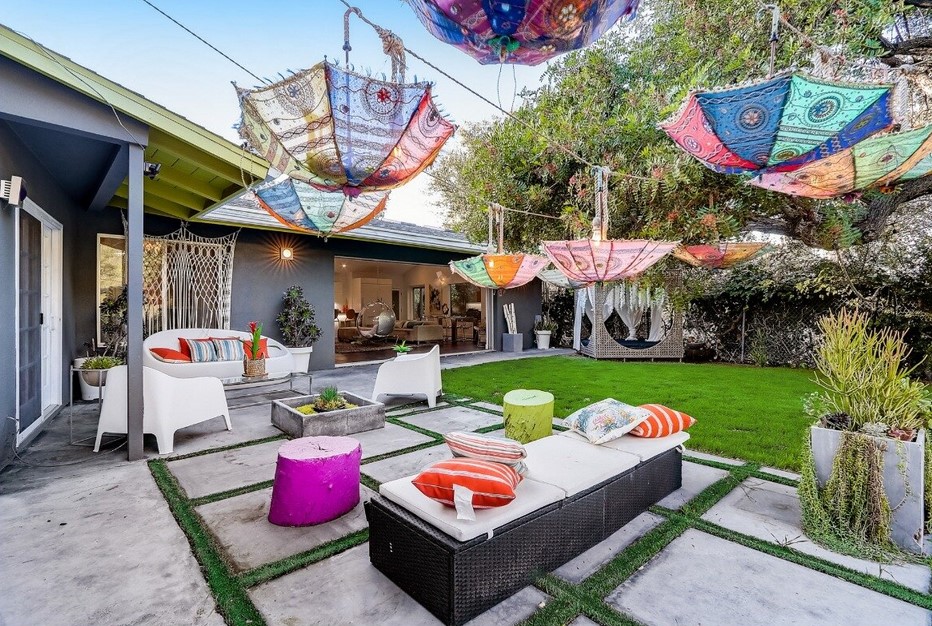
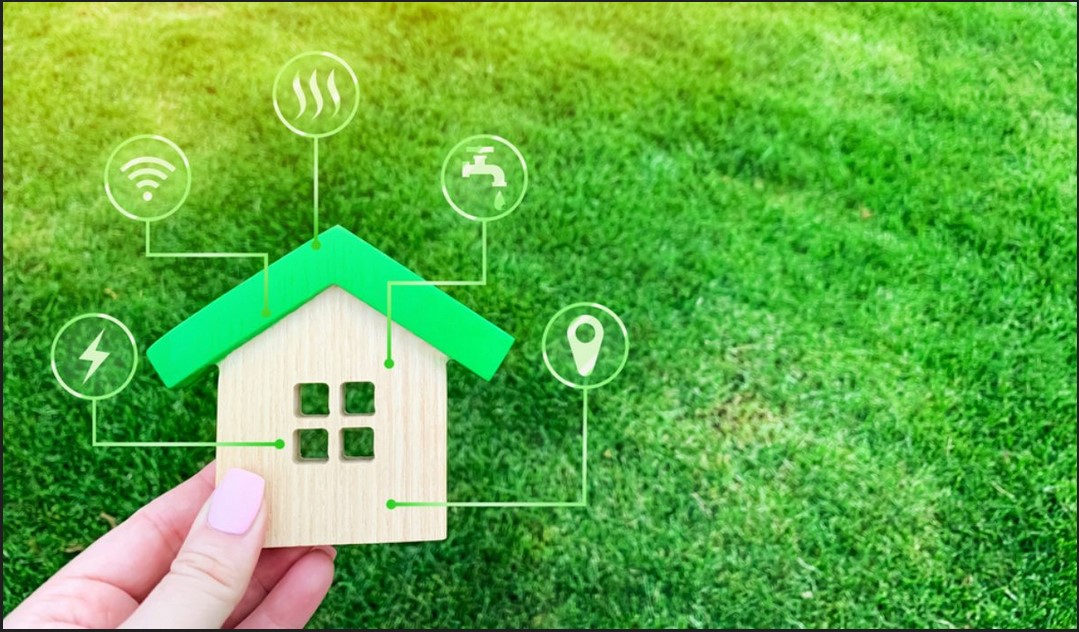
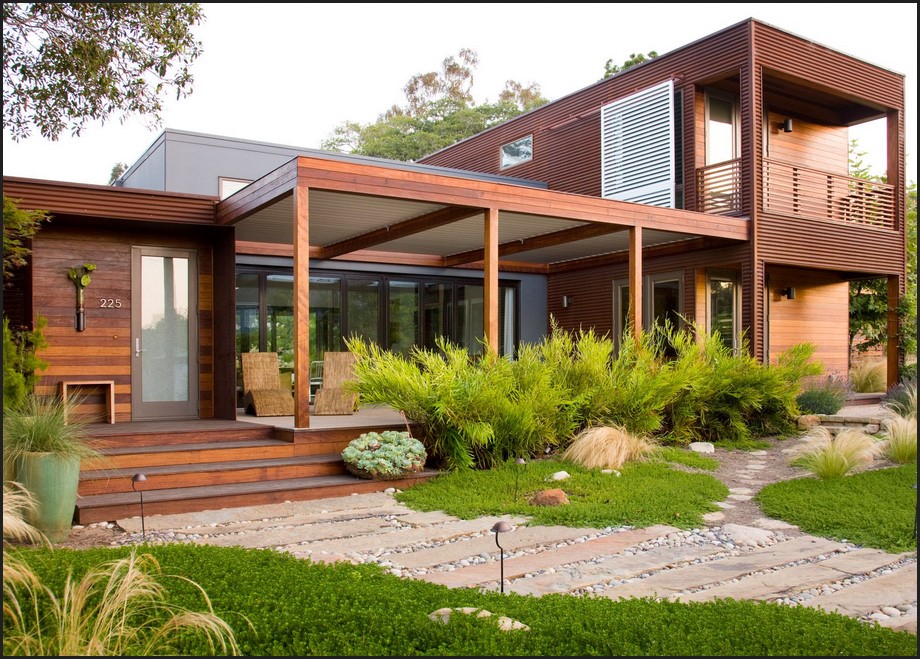 Are you concerned about the environmental impact of your home but not sure where to start when it comes to making eco-friendly renovations? Many homeowners want to live more sustainably, but they often find the prospect of making their homes green and eco-friendly to be daunting. The problem lies in not knowing where to begin or how to prioritize eco-friendly improvements.
Are you concerned about the environmental impact of your home but not sure where to start when it comes to making eco-friendly renovations? Many homeowners want to live more sustainably, but they often find the prospect of making their homes green and eco-friendly to be daunting. The problem lies in not knowing where to begin or how to prioritize eco-friendly improvements.